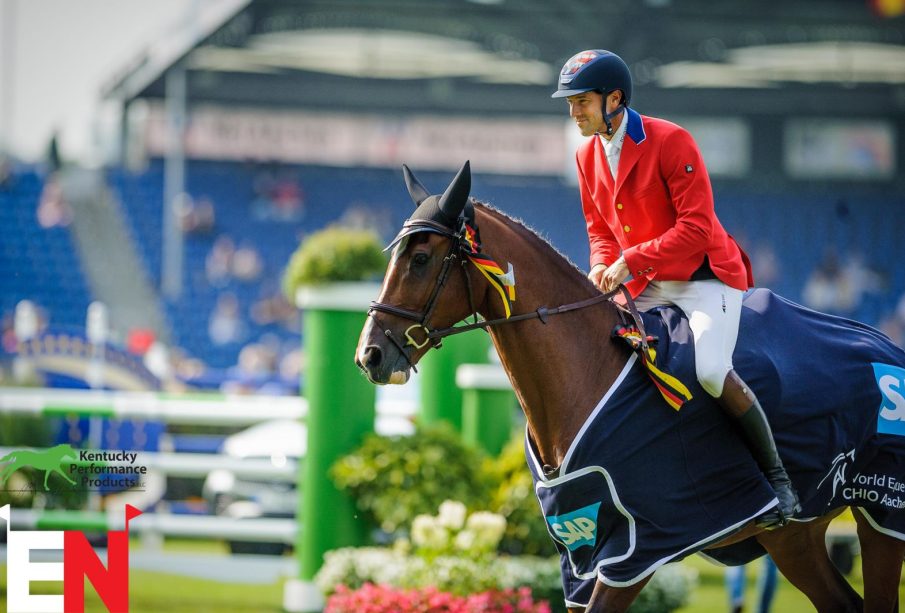Understanding Eventing Scores: A Comprehensive Guide

Introduction
Eventing scores are pivotal in determining success in equestrian competitions, representing a combination of dressage, cross-country, and show jumping performances. In recent years, the importance of clear scoring systems has become increasingly relevant as the sport continues to grow in popularity, with major competitions drawing global attention. As athletes strive for excellence, understanding how these scores are compiled is essential for competitors, coaches, and fans alike.
How Eventing Scores are Calculated
In a typical eventing competition, scores are garnered from three main disciplines. First, in the dressage phase, competitors perform a series of predetermined movements, which are judged by qualified officials who score each test out of a possible 10 points, creating a score that reflects the judges’ assessment of skill and precision. This score is then multiplied to create a percentage, with lower scores being more favourable.
The second phase, cross-country, consists of a timed course where riders must navigate various jumps and obstacles. Penalties are incurred for refusals, falls, or exceeding the time limit, and these penalties are added to the overall score. Again, a lower final score is better, reflecting a seamless performance.
Lastly, the show jumping phase evaluates the horse and rider combination on their ability to clear jumps without knocking obstacles down. Similar to cross-country, penalties are awarded for faults, such as knockdowns and refusal to jump, and this score contributes to the overall cumulative total.
Recent Changes in Scoring and Their Impacts
As the sport has evolved, so too have the methodologies employed in scoring. Recent years have seen enhancements and adjustments to scoring systems to make them more transparent to audiences and participants alike. For instance, judges are now required to be more detailed in their explanations of scores, and efforts are being made to standardise scores across competitions, allowing for a clearer comparison of performances.
The introduction of technology, such as video replays and digital scoring systems, has garnered attention and could further revolutionise the evaluation of performances in the foreseeable future.
Conclusion
In conclusion, eventing scores play a crucial role in the sport of eventing, reflecting the performance of riders and horses across multiple disciplines. As regulations and technologies continue to advance, these scores will likely become even more accurate and meaningful, providing deeper insights into the nuances of competing at higher levels. For competitors, an understanding of how scores are constructed offers valuable knowledge in honing their skills and strategies, ensuring they can aim for top performances in future competitions.








